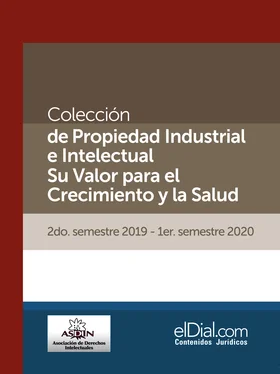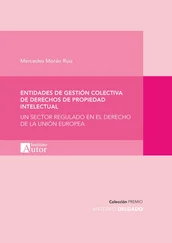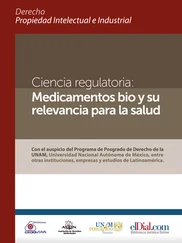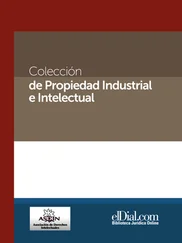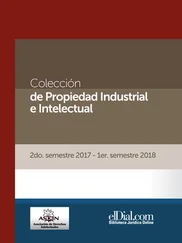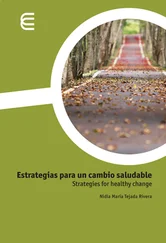Another critical factor for success in innovation is educational attainment. In the region, Argentina ranks high on education levels as a relatively high percentage of the population has engaged in some secondary (40%) or tertiary education (21%). In OECD countries this stands at an average of 43% and 37%, respectively. A strong education foundation, places Argentina in a comparatively favourable position to embrace the knowledge economy.52 In addition, the number of higher education graduates has been growing (2007-2016). Whilst 95% of graduates had a first level degree in 2016, only 3% and 2% have a master or a doctorate degree, though these percentages have been on the rise since 2007.53 In the region, Argentina has the highest number of researcher per thousand economically active, although these are across all sectors.54 Additionally, interviews with experts from academia, clinical research and local and international pharma companies, agree that the level of education and expertise of researchers in Argentina is high and one of the most mature in the region. However, lack of their integration in private sector institutions is evident. The majority of researchers (91%) are employed by public institutions and only 9% by the private sector companies.55 For example, CONICET alone employs 8,000 researchers.56 According to interviews with local academics, Argentina has been recently facing a threat from “brain-drain” of skilled researchers, due to the poor financing opportunities in the country, many of whom emigrate to the United States and Europe. Overall, in terms of resources available, Argentina has good infrastructure and sufficient medical personnel that enables the provision of high quality healthcare. This has also been highlighted as a key reason for conducting clinical trials in Argentina, according to interviews with representatives from the industry.57
Whilst recent information on the number of collaborations between private companies and public universities and institutions is unavailable, the literature has previously documented a poor linkage and collaboration between the public and the private sector indicating that the most important external partners for firms involved in R&D are suppliers, clients and consultancies. Universities and training institutions, public and private laboratories, technology transfer offices and particularly government S&T agencies are not often the partner of choice for private innovators in Argentina. The study argues that cooperation is hampered by the lack of incentives for public researchers in Argentina to link and address private sector knowledge needs.58 Using the number of internationally co-authored articles as a proxy for collaborations, Argentina lags significantly behind the rest of the world, without much improvement from 2003 to 2016, exceeding only Hungary out of a set of comparable global markets including Brazil, Mexico, and Chile.59
In other areas, recent innovation policies in Argentina particularly on stimulating direct funding and tax relief (Figure 2) have had a positive impact as currently there are over 200 biotech firms with earnings over $2 billion, across multiple sectors such as human health, animal health, food processing, and agriculture. Of these most are small and medium-sized enterprises, employing 8,000+ workers and are concentrated to Buenos Aires, Santa Fe and Rosario. More than half of these companies are involved in the development and commercialization of human healthcare products. This is in line with a positive trend in the country as this number of has grown from 120 in 2009 to over 200 in recent years.60
Updating the analysis of innovative performance
Compared to other markets in the region and globally, the level of publications in Argentina is lower than expected given level of per capita GDP. Proportionally, out of the total number of scientific publications, those in life sciences subjects have decreased from 26% to 23% between 2011 and 2015 compared to a growth in the absolute number from 8,820 in 2011 to 11,014 in 2015.61 Compared to markets in the region, in terms of researchers’ productivity, the number of S&T publications per full-time researcher is amongst the lowest in LatAm countries - 20.7 in Argentina compared to a regional average of 42.3.62 In terms of quality, Argentina places ahead of Mexico and Brazil on to the impact factor of the publication output as measured by the share of local publications out of the top 1% most cited articles in the Scopus database (Argentina: 1.19, Mexico: 0.79 and Brazil: 0.65). The trend in recent years shows that Argentina is on an upward trajectory for this indicator with a 49% increase between 2010 and 2014.63
Looking at clinical research, Argentina underperforms in the total number of clinical trials per millions of people compared to other low end high-income economies, but exceeds peers in the region, ahead of Brazil, Mexico, Colombia and Ecuador.64 However, the number of phase III clinical trials per millions of people in Argentina experienced a drop after 2013, and has since declined over the years –from 2.61 in 2013 to 1.87 in 2017–. The number of phase I and II trials is the lowest indicating that early stage is less common in Argentina and that clinical phase III trials are likely conducted to meet regulatory requirements. Furthermore between 2002 and 2017 the percentage of domestically funded phase I, II and III clinical trials have declined from around 40% to less than 5%.65
In terms of innovation output measures, the overall number of pharmaceutical patents granted by INPI in the past 10 years, there has been a sharp drop of 72% in 2012 compared to the previous year. According to interviewees and literature, this is largely attributed to the adoption of the Patentability Guideline in 2012. Furthermore, the number has not recovered in recent years and remains low at 58 in 2015 compared to 204 in 2010.66 In comparison, the number of patents granted to nationals in and outside Argentina across all fields has remained relatively constant between 2007 and 2015 converging at 200 in 2016. However, patents granted to Non-Residents experienced a drop in 2008 from 2,324 in 2007 to 244 in 2008, in line with the global financial crisis, and one around 2012 from 244 in 2011 to 208 in 2012, but this has steadily recovered to a level of 1,678 in 2016, unlike the case of pharmaceutical only patents.67 The number of patents across all fields which were granted to Argentine nationals by the U.S. Patent and Trademark Office (USPTO), falls behind other countries in LatAm despite having the highest number of researchers.68
An analysis of economic indicators related to pharmaceutical and biotechnology sectors in Argentina, show a total increase from 33,995 people employed in 2007 to 41,785 in 2017, with small but consistent increases over the period. However, less than 10% are employed to undertake R&D activities.69 Interviewees report that cooperation between researchers and the domestic pharmaceutical industry is not common, as local manufacturers are focused on producing off-patent pharmaceuticals. In addition, whilst there has been a positive trend in the funding of research positions by MNCs, this remains limited. In real terms, Argentina does not enjoy increasing benefits in the form of tax gains and trade surplus. Since the early 2010s, pharmaceutical tax receipts have increased but in latest years these constitute a smaller proportion of overall tax revenue (1.05% in 2015) suggesting a significantly higher increase in tax collection in other industries. Despite some growth in the level of exports over the past ten years, this is offset by a larger increase in imports leading to consistent trade deficits in the sector. For example pharmaceutical exports remained constant at around $500 million between 2007 and 2017, whereas imports increased from around $1,500 to $2,500 over the same period.70
Читать дальше
